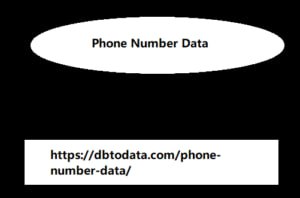Data analysis. The most advanced analytics tools allow you to process and analyze large data sets to identify trends. Evaluate risk factors and optimize claims resolution processes. Predictive analytics can be used to predict the frequency and severity of events. Providing useful information to allocate resources and speed up strategic decision-making. IoT devices. Increasingly integrated into insurance policies, especially in the automotive and real estate sectors, the Internet of Things collects data in real time, allowing insurers to accurately assess risk and facilitate faster claims processing.
Insurers can leverage artificial intelligence algorithms
To analyze images and videos submitted as part UAE Phone Number Data of a claim documentation. Advances in image and video analysis technologies contribute to faster and more accurate damage assessments, facilitating faster claims settlement. Mobile apps and digital platforms. Mobile apps and digital platforms are simplifying the process of reporting claims for policyholders. They enable self-service communication modes that give the user greater autonomy. Policyholders can submit claims, upload documents and monitor the status of their claims through intuitive interfaces. This not only speeds up claims, but also increases customer satisfaction because it provides an important experience of empowerment and responsibility.
Insurers that embrace technological advancement
Are not only streamlining their operations, but El Salvador Phone Number List are also better positioned to adapt to the evolution of a dynamic and competitive industry like insurance. The future of claims management lies in the seamless integration of these technologies, benefiting both insurers and insureds. Finally, it is worth underlining the role played by digital communication in the renewal that is affecting the world of insurance. For example, in the case of car insurance, telematics can provide detailed information on driving behaviour, helping insurers to determine liability more accurately (and thus minimizing the risk of fraud).







